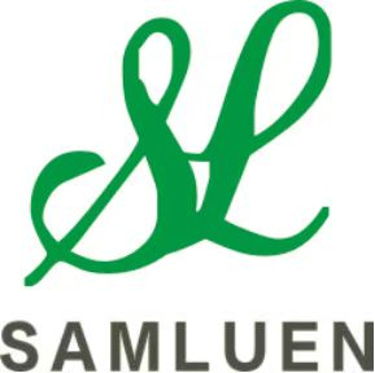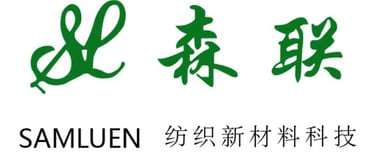
Single parent single anti-finishing agent
With the development of economy and the advancement of technology, people's requirements for the comfort and functionality of clothing are constantly increasing. Single-parent and single-proof fabrics refer to fabrics that are finished with finishing agents, combining the two functional finishing methods of hydrophobicity and hydrophilicity into one, so that it can play a hydrophilic role on the clothing fabric, and also have waterproof and stain-resistant properties. Generally speaking, the hydrophilicity of the fabric acts on the inner layer of the fabric, so that the fabric can absorb moisture, perspiration and be breathable, and the waterproofness acts on the outer layer of the fabric, so that the fabric has the functions of waterproof, rainproof and stain-resistant. To prepare single-parent and single-proof fabrics, coating technology can be used to apply water-repellent additives to the clothing fabric, and then the padding method is used to complete the moisture absorption and perspiration processing on the other side.
Fabrics treated with C63 anti-fouling agent coating can be processed with printing paste for single-parent and single-fouling, making the fabrics have double-sided characteristics. Based on the siphon effect, the sweat from the inner layer of the clothing can be quickly absorbed and discharged from the outer layer, keeping the inner layer clean and fresh, effectively improving the moisture removal performance and reducing the contact between sweat and skin; while the waterproof side of the clothing fabric has good waterproof and easy-to-decontaminate performance. The combination of the two can meet consumers' requirements for comfort and functionality of clothing.
1. Concept
Single-parent single-proof - sweat-invisible means that the clothes people wear have been treated with sweat-invisible treatment, that is, single-parent single-proof finishing, so that the clothes have the function of waterproof on the outside and water-absorbent on the inside, so that people will not be able to see when they sweat in summer, affecting the appearance, and at the same time giving people a comfortable wearing experience.
The inner layer (i.e. the moisture absorption layer) of the sweat-invisible product has the characteristics of moisture absorption, perspiration elimination and breathability; the outer layer (waterproof layer) is waterproof, oil-proof, anti-fouling and easy to care for. The sweat-invisible product is comfortable and easy to care for, and is loved by the public.
2. Overview of the finishing plan
So how can we achieve the effect of making sweat stains invisible?
Approach 1: Hydrophilic yarn and waterproof yarn can be used. The two yarns with different functions are weaved in a special way, with the hydrophilic yarn in the inner layer of the fabric and the waterproof yarn in the outer layer, thus making sweat stains invisible (single hydrophilic and single waterproof).
Way 2: Through post-printing finishing processing, that is, the outer layer is waterproofed and the inner layer is hydrophilic.
3. Detailed overview of the finishing plan
Difficulty 1: Selection of appropriate waterproofing agent. Single-sided waterproofing requires the waterproofing agent to have high waterproof performance and not conflict with the slurry. Therefore, choosing the right waterproofing agent is the key issue.
Difficulty 2: The different fabric structures, components and hydrophilicity result in different process formulas for the knitting machines;
Difficulty 3: The slurry system of printing processing, viscosity and dilution resistance are issues that need to be paid special attention to at the processing site;
Difficulty 4: Printing machine speed, pressure adjustment. After the slurry is applied to the surface of the fabric through the rotary screen, before entering the oven to be dried, it must first penetrate into the fabric to a certain extent to ensure the water-repellent effect and wash fastness on the front side. At the same time, it cannot penetrate to the back side of the fabric and affect the hydrophilicity of the back side. Controlling the machine speed, that is, controlling the slurry penetration time is very critical.


